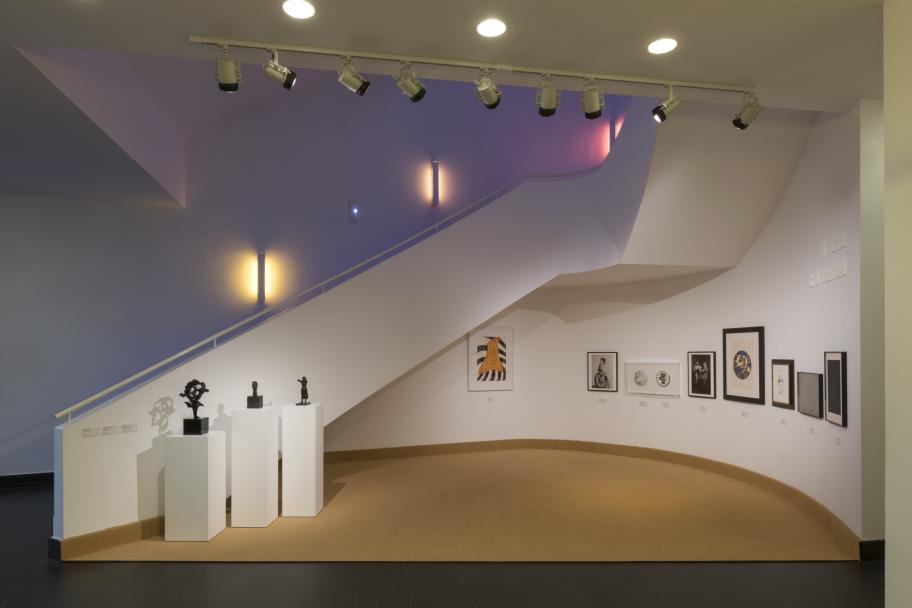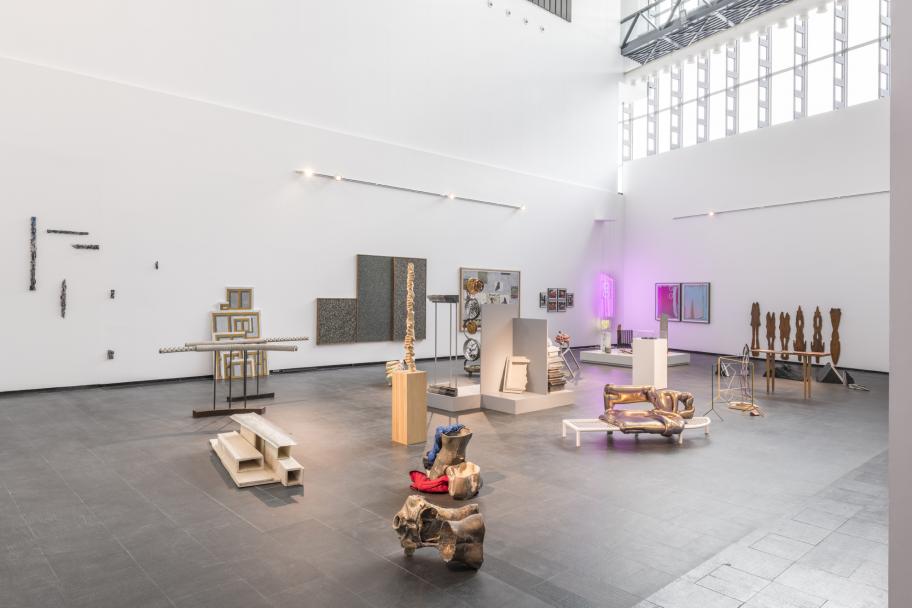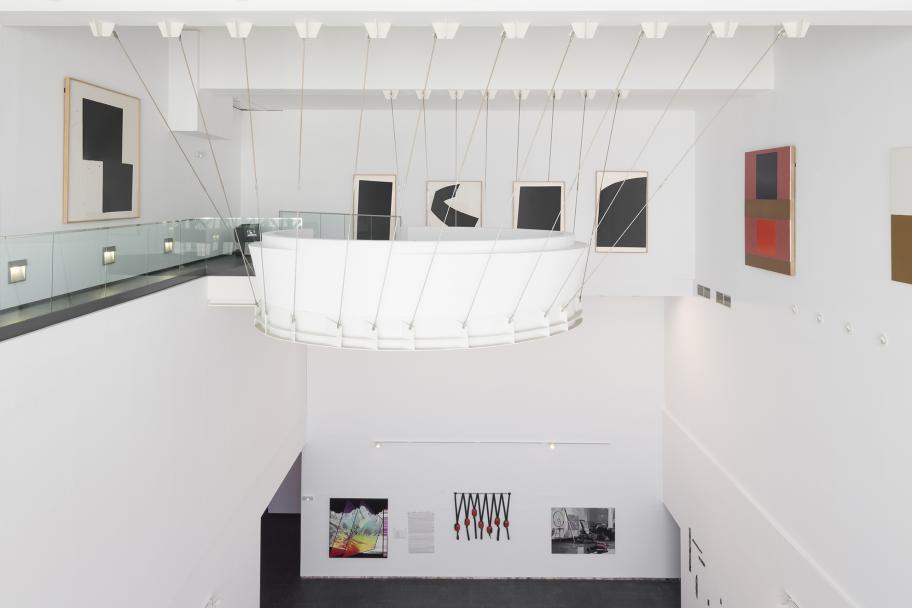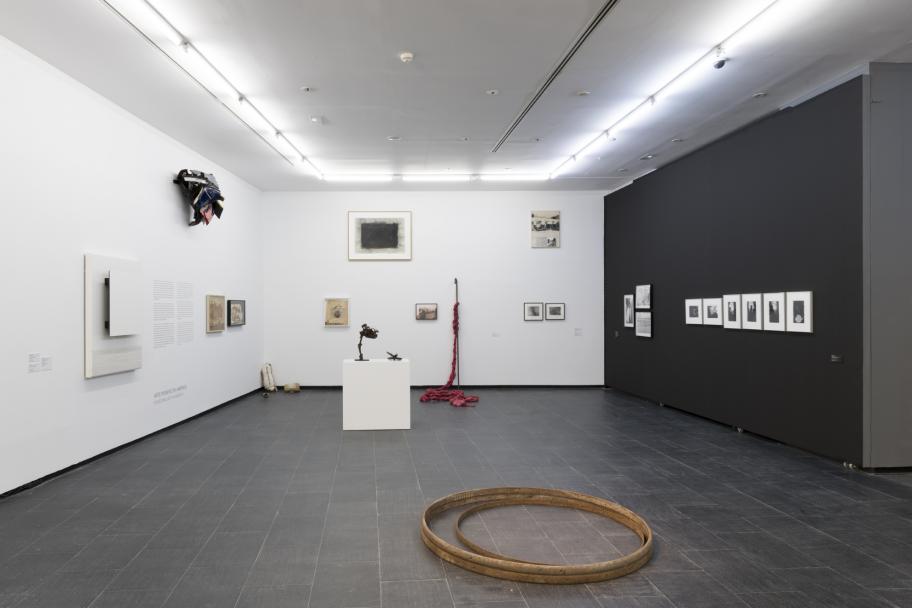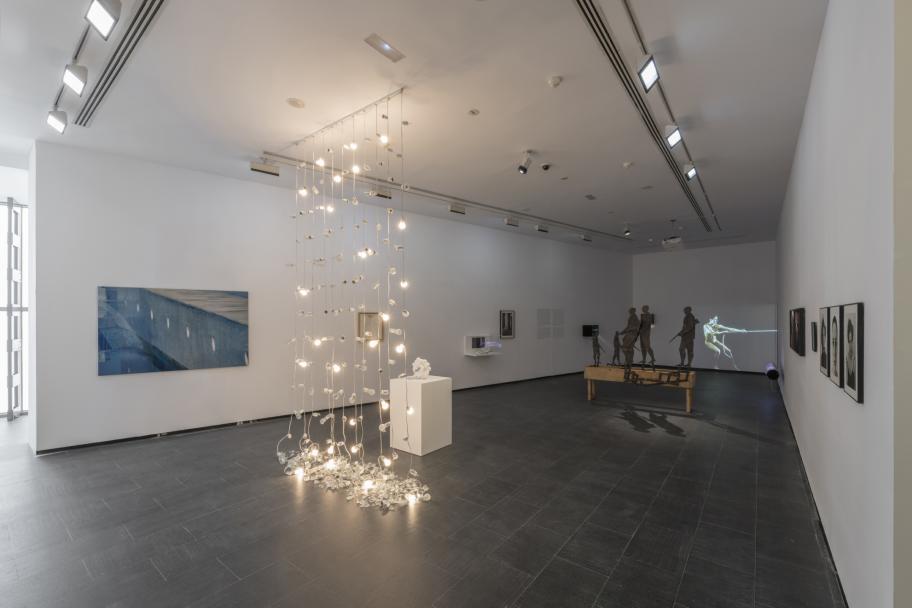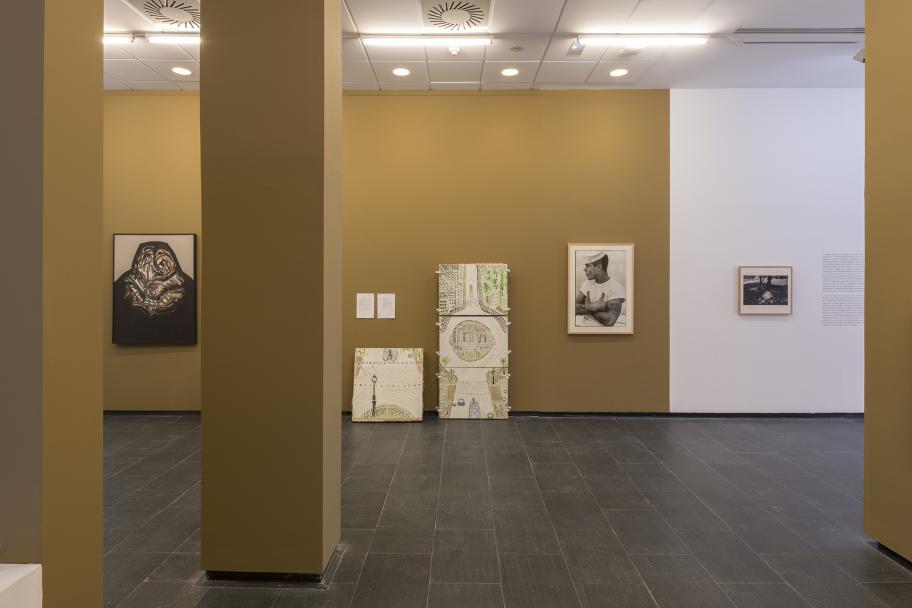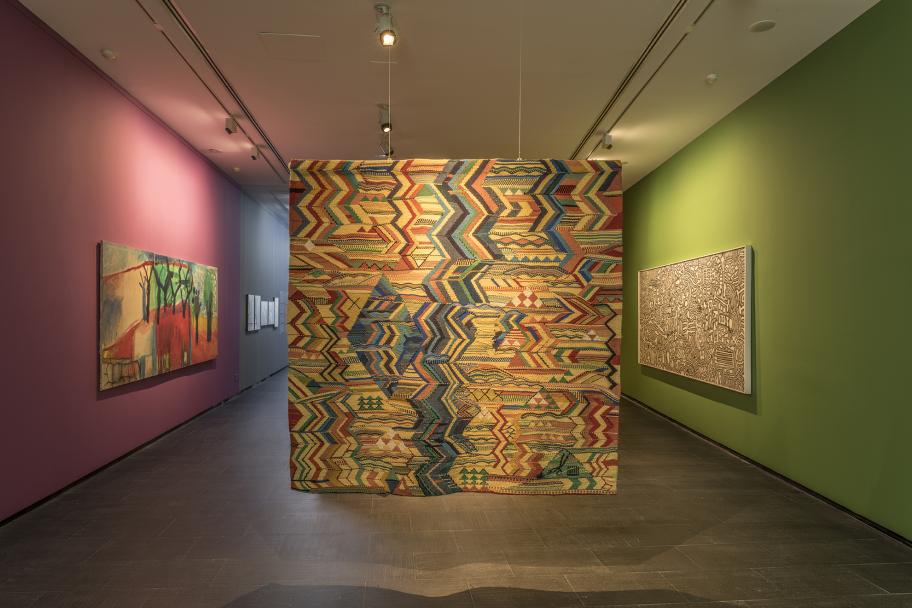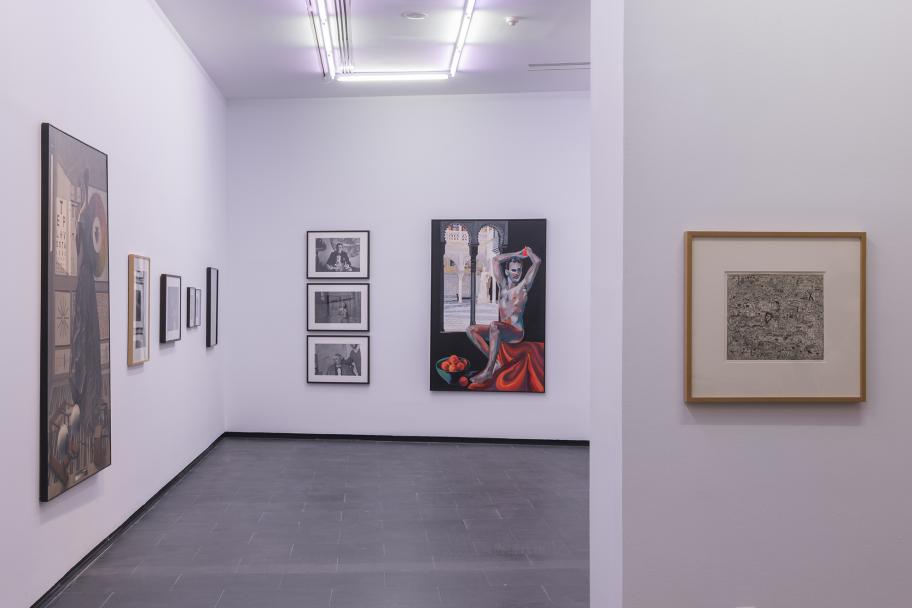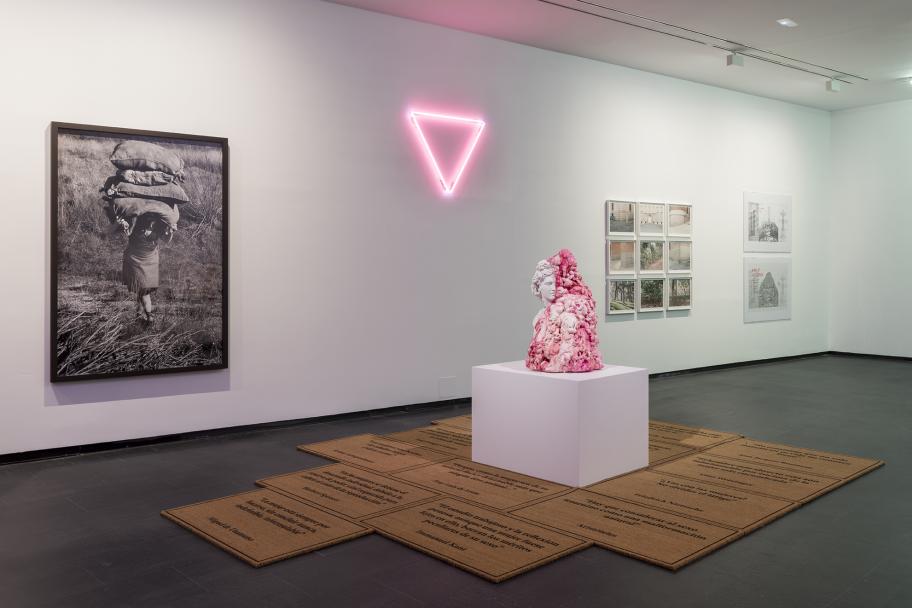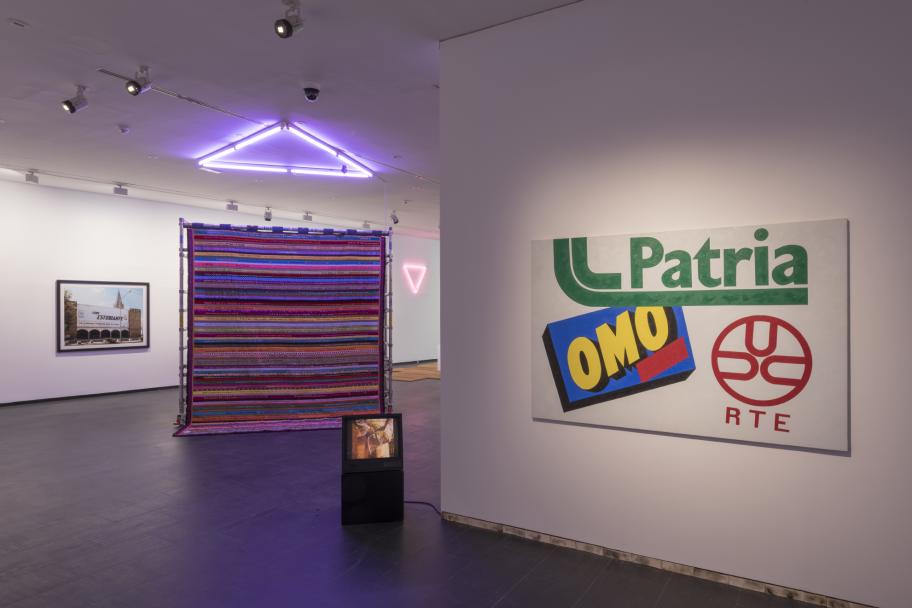- CA2M MUSEUM
- exhibitions
- CA2M DIALECT
CA2M DIALECT
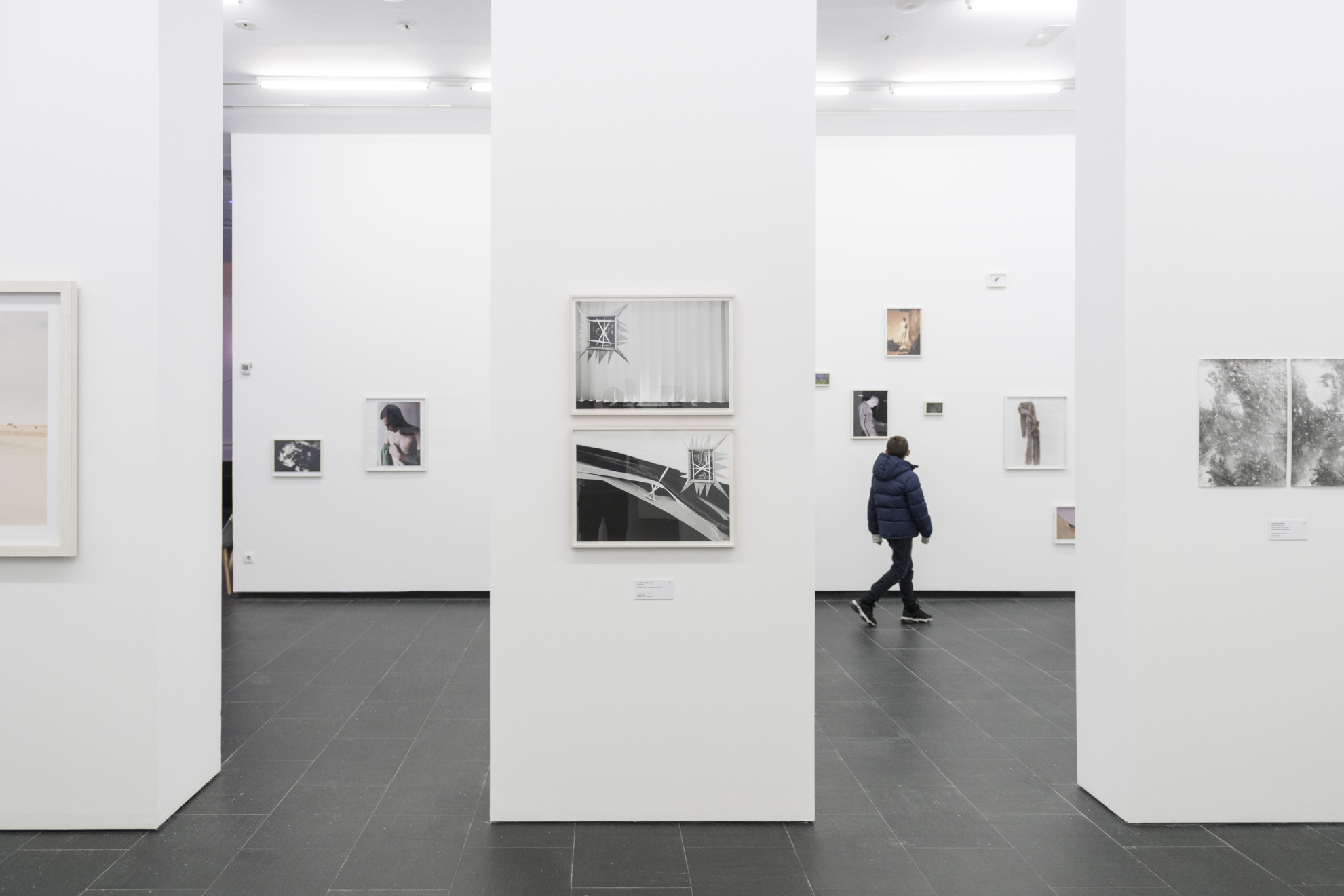
Photograph: Roberto Ruiz.
In the final decades of the 20th century, the great ideological narratives of Modernity came to an end; the certainty of notions such as truth, progress and identity were called into question. A multiplicity of new voices appeared to make collective histories more complex, speaking out for those little stories that had been hidden on the underside of History. The working classes, racialised bodies, women, diverse genders, and others have seen and see how the acquisition of rights also means a narrative control open to infinite possibilities.
Today, in the year 2021 - the era of fake news, the global Covid-19 pandemic and the climate emergency - museums must offer new definitions of culture with space for social utility and forms of coexistence that are yet to come. The material culture that a museum houses and cares for is its fundamental raison d’être. The ways in which a public collection grows and develops determine its administrative and shared nature. The stories that emerge from it in each expository articulation or in each published book are precisely what allow the institution to speak and serve its social purpose. A contemporary art museum is constantly changing; its exhibition rooms change throughout the year with different projects, pursuing an artistic zeitgeist that is also in continuous movement. For the first time in the twelve years since the museum's founding, the CA2M collections are being set up throughout the entire building in an exhibition that aims to explain what this museum is, why it exists, to put on display the reasoning behind its programme and, above all, to celebrate the importance of a collaboratively built collection as a project that can take responsibility for telling us what contemporary art is from the perspective of right here.
The different floors of the museum are proposals or approaches to a series of narratives that are under construction. The exhibition follows a rhythm of open vectors built around three principles.
First, the order is drawn from the CA2M Collection itself, the material culture that this institution preserves and which it wishes to represent: a contemporary art museum that is constantly changing, continually transforming as it flows with an art that is also in perpetual flux.
Second, the exhibition language maintains that same openness, that vernacular character of the here and now. Although the usual aseptic walls of the white cube might try to give an impression of objectivity, no museum narrative is objective; rather, they respond to a multitude of interests and historic contingencies. For this reason, the language of the installation will change to represent each of its sections, allowing us to understand how historical narratives are constructed in museums depending on how they build their displays.
Finally, this fiction of an institution with a permanent collection is local: it is in Móstoles. The Collections have been built from a set of situated practices shaped by the political, social and cultural context of the Community of Madrid. What is fundamental for us is not the story we tell - other collections have works that are equally or more important, and also the capacity to construct multiple narratives - but the place where it is told. Móstoles is on the edge of the centre, and that geographical position, that difference or distinction, is essential. It is a dialect: a geopolitically twisted drift or deviation of language.
CA2M Dialect - a proud dialect that does not want to become a language, but rather wants to remain in a recognisably common register, like an infinitely manipulable, unconsolidated open-source code - is a collective exhibition that has also been created collectively. It brings together the voices of the museum team, the workers who have been the museum's hands during its 13 years of existence, and the successive members of the Commission for the Assessment of Art Acquisitions of the Community of Madrid, as well as the multiple collaborations that have contributed to its Collection and its programme, understood as a reading or emanation of the Collection itself. The possessed man Jesus encountered in the Bible was called 'Legion' because he had many voices inside him. In the original Greek, his name was chora (χωρα), which means 'country'. CA2M creates a dialect with a chorus made up of possible museums: the cultural forms of a potential people.
The exhibition’s journey begins with the historical avant-garde - all the artists who accompanied Picasso at the Pavilion of the Spanish Republic - and continues through history up to the present day. Many of the works have never been displayed before, due to the great effort it took to acquire them and work with the Collection that has been carried out in recent years. Even more important is the fact that this is the first time the CA2M collection will be framed in a global context.
For the first time, more than 400 works by 250 artists come together in an exhibition that showcases the CA2M collections and takes up the entire museum space. It is a celebration of what the Museum represents and has represented from the beginning. At the same time, the exhibition will be international, as are the CA2M and the ARCO Foundation collections. However, the story is told from inside this institution, from the collections it preserves, and ultimately, from Móstoles.
This exhibition is not attributed to any one person because it should be thought of as a collective work of the museum, a product of the many people who have passed through it and the members of the successive acquisitions commissions of the Community of Madrid.
